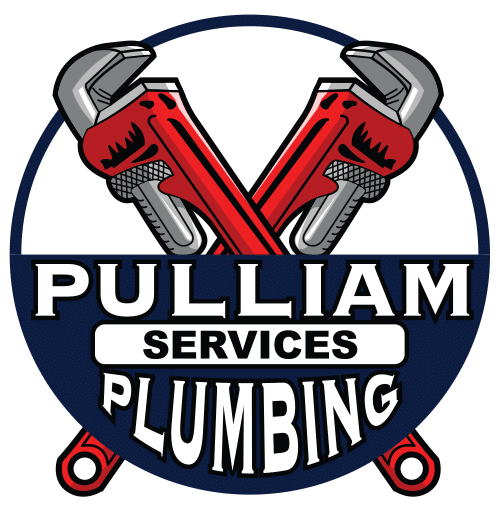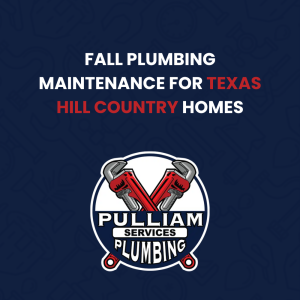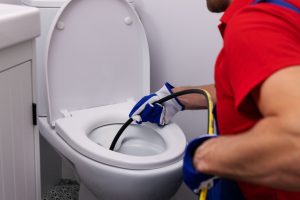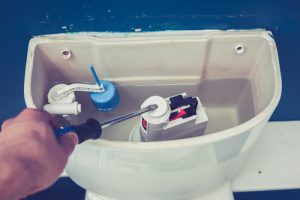A leaking pipe can be more than merely a nuisance—if not addressed in a timely manner, it has the potential to cause significant damage to your home, compromise its structural integrity, and result in costly repairs. Furthermore, continuous leaks can lead to increased water consumption, which results in higher utility bills and an adverse impact on our environment.
In this guide, we’ll discuss the primary causes of leaking pipes, signs to look out for, preventive measures, and the steps you should take to address the issue if you discover a leak. By understanding the factors that contribute to pipe leaks and arming yourself with essential knowledge, you’ll be well-equipped to protect your home from potential water damage.
Primary Causes of Leaking Pipes
Before diving into prevention and repair strategies, it’s essential to understand the common causes of leaking pipes. This knowledge will help you make informed decisions when taking preventive measures or addressing leaks you may encounter. The primary causes include the following:
1. Corrosion: Over time, pipes made of metal can corrode due to age, water quality, or even constant contact with other materials like soil or concrete. Corrosion weakens the pipe structure, leading to cracks and leaks.
2. High Water Pressure: Excessive water pressure within your home’s plumbing system can cause undue stress on pipes and joints, leading to cracks, fractures, or leaks.
3. Temperature Changes: Pipes, particularly metal ones, can expand and contract with changing water temperatures. This can put stress on joints and cause leaks where connections are weak or worn.
4. Frozen Pipes: During winter, water inside pipes can freeze. Ice expands significantly, which can cause pipes to burst, resulting in leaks once the ice melts.
5. Poor Installation and Fittings: Inferior workmanship or the use of substandard materials during installation can lead to poorly fitting pipe connections, loose joints, and eventual leaks.
Identifying and Detecting Leaks
Early detection of leaks is critical to minimize damage and repair costs. Keeping an eye out for the following signs can help you identify potential problems before they escalate:
1. Water Stains: Unexplained water stains on walls, ceilings, or floors may indicate a leak in the pipes hidden behind the surface.
2. Mold and Mildew: Persistent mold or mildew growth can be a symptom of a leaking pipe in the vicinity, providing a constant source of moisture.
3. Damp and Musty Odor: An unexplained damp or musty odor may be the result of water accumulation due to a hidden pipe leak.
4. Low Water Pressure: A sudden drop in water pressure can indicate that a leak is diverting water flow from its intended destination.
5. Increased Water Bills: Erratic increases in water bills without a justifiable cause can signal a possible leak in your plumbing system.
Regularly inspecting your home’s plumbing system will help you catch these indicators early, enabling timely intervention and reducing the potential for damage.
How to Prevent Leaking Pipes
Prevention is the best medicine, and this rings especially true when dealing with plumbing issues. Adopting these preventive measures can minimize the likelihood of experiencing leaks in your home:
1. Proper Installation: Ensure that pipes, fittings, and fixtures are installed correctly, according to manufacturer specifications, and using suitable materials.
2. Insulate Pipes: Insulate exposed pipes and use heating tapes or cables when necessary to prevent freezing during colder months.
3. Manage Water Pressure: Install pressure regulators or pressure-reducing valves to keep water pressure within safe, manageable limits.
4. Regular Maintenance: Conduct routine maintenance on your plumbing system, including checking for loose fittings and signs of corrosion. Immediately replace any worn or compromised components.
5. Professional Inspection: Schedule periodic professional inspections of your plumbing system to detect potential issues before they become larger problems.
Addressing Leaks in Your Home
In the event you discover a leak in your home, it’s vital to act quickly to mitigate damage. Follow these steps on how to manage minor leaks and determine when it’s time to call in a professional:
1. Turn Off the Water Supply: To minimize damage, turn off the water supply to the affected area or shut off the main valve if necessary.
2. Assess the Leak: Evaluate the severity of the leak, the location, and the materials involved. A small, easily accessible leak may be manageable with a temporary DIY repair, while more extensive leaks or those in challenging locations may require professional intervention.
3. Temporary Fixes: For minor leaks, consider using temporary repair methods like pipe clamps, plumbers’ putty, or repair tape to minimize further damage until a permanent solution can be implemented.
4. Consult a Professional: If the leak is extensive, difficult to access, or the underlying cause is unknown, consult a professional plumber to assess the situation and provide a permanent repair solution.
Conclusion
A leaking pipe in your home can have devastating consequences if not promptly addressed. Armed with the knowledge of common causes, detection techniques, preventive measures, and remedial actions, you’ll be better prepared to safeguard your home against the damaging effects of leaks. If you ever encounter a leak that requires professional intervention or need assistance in maintaining your plumbing system, don’t hesitate to reach out to the experienced plumbers in Boerne, TX, at Pulliam Plumbing.




